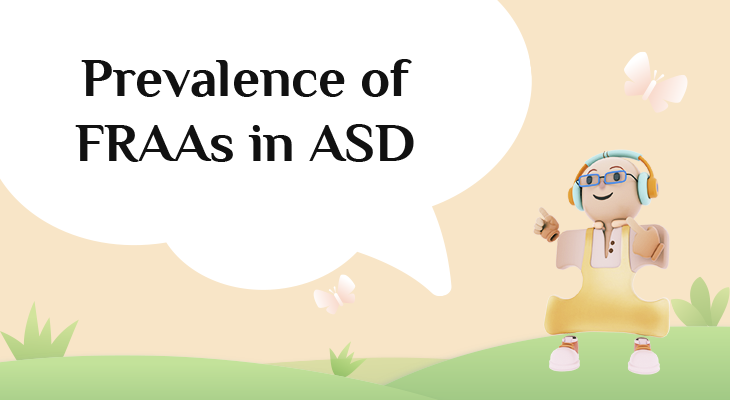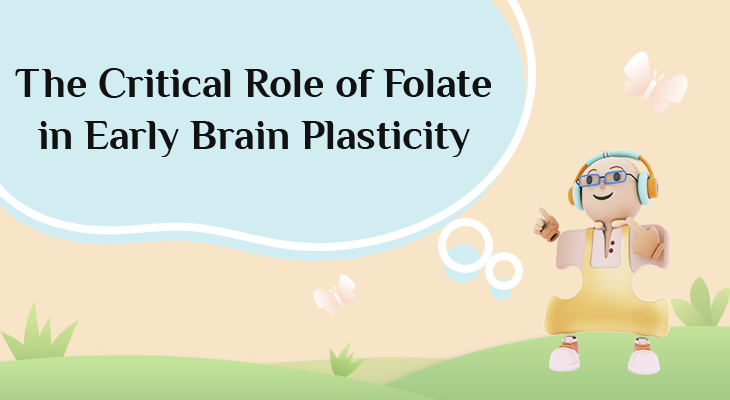
Parental Advocacy and the Promise of Repurposed Therapies in Autism Treatment
The journey of parents seeking answers for their child’s developmental delays often follows a familiar pattern: initial concerns dismissed by medical professionals, followed by persistent research and advocacy when symptoms persist. Such was the case for one family whose child exhibited speech delays by his first birthday. Despite reassurances from their pediatrician, the child was later diagnosed with autism spectrum disorder (ASD) at two and a half years old. Faced with limited treatment options, the family embarked on their own search for interventions—a path that led them to an unexpected candidate: leucovorin, a decades-old folate-based drug used as a rescue in cancer treatment.
Exploring Leucovorin as a Potential Intervention for Autism
Leucovorin, a reduced form of folic acid (vitamin B9), has long been used in clinical settings to mitigate chemotherapy side effects. However, emerging research suggests it may also benefit a subset of children with ASD. Pediatric neurologist Dr. Richard Frye has been investigating leucovorin’s role in addressing cerebral folate deficiency (CFD), a condition in which folate transport to the brain is impaired despite normal systemic levels.
The underlying mechanism involves autoantibodies targeting the folate receptor alpha (FRα), a protein critical for shuttling folate across the blood-brain barrier. These particular folate receptor autoantibodies can be identified with the FRAT® test. Studies indicate that over 75% of children with ASD exhibit these autoantibodies, compared to only 10-15% of neurotypical children. This dysfunction may contribute to neurological impairments, including speech delays. Leucovorin, however, circumvents this blockade by utilizing an alternative transport pathway, the reduced folate carrier (RFC), effectively restoring folate availability in the brain.
Clinical Evidence and the Challenge of Adoption
Three randomized controlled trials—including studies led by Dr. Frye and independent research teams in France and India—have demonstrated leucovorin’s potential to improve speech and behavioral outcomes in children with CFD-associated ASD. In one trial, one-third of participants exhibited measurable progress in communication shortly after treatment initiation.
Despite these findings, leucovorin remains underutilized in autism care. A key barrier is its status as a generic, low-cost medication, which disincentivizes pharmaceutical investment in large-scale trials required for FDA approval for ASD. Currently, it is prescribed off-label, a common practice in medicine—particularly for conditions with limited treatment options. Many physicians are hesitant to prescribe a drug (as classified by the FDA) for children that is not approved for specific indications. Approximately 20-30% of U.S. prescriptions are for off-label uses, yet awareness of such applications often lags the evidence.
Systemic Gaps and the Push for Repurposed Therapies
The leucovorin case underscores a broader issue in medical research: the untapped potential of existing drugs. Dr. David Fajgenbaum, a physician and rare-disease survivor, highlights this disparity through his nonprofit, Every Cure (www.everycure.org), which employs AI to identify overlooked therapeutic matches.
“The current system excels at developing novel drugs but fails to systematically explore existing ones for new applications,” Fajgenbaum notes. “This leaves patients without access to viable, often affordable treatments.” 1
A Path Forward
For the family in this story, leucovorin marked a turning point—their child spoke his first words within days of starting treatment. Now preparing for mainstream education, his progress exemplifies the transformative impact of targeted, science-backed interventions.
However, realizing the full potential of repurposed drugs like leucovorin requires:
- Increased funding for rigorous clinical trials.
- Greater clinician awareness of appropriate biomarkers and emerging off-label applications.
- Policy reforms to incentivize research on generic therapies.
As the medical community grapples with these challenges, stories like this one serve as a reminder: innovation in treatment often lies not only in new discoveries, but in reimagining the tools we already have. It takes a village to accomplish such promising endeavors!



